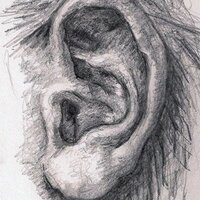
ENT
@entengland
ENT / Otolaryngology.
ID: 1943409698
07-10-2013 08:14:28
1,1K Tweet
1,1K Followers
0 Following












@entengland
ENT / Otolaryngology.
ID: 1943409698
07-10-2013 08:14:28
1,1K Tweet
1,1K Followers
0 Following










